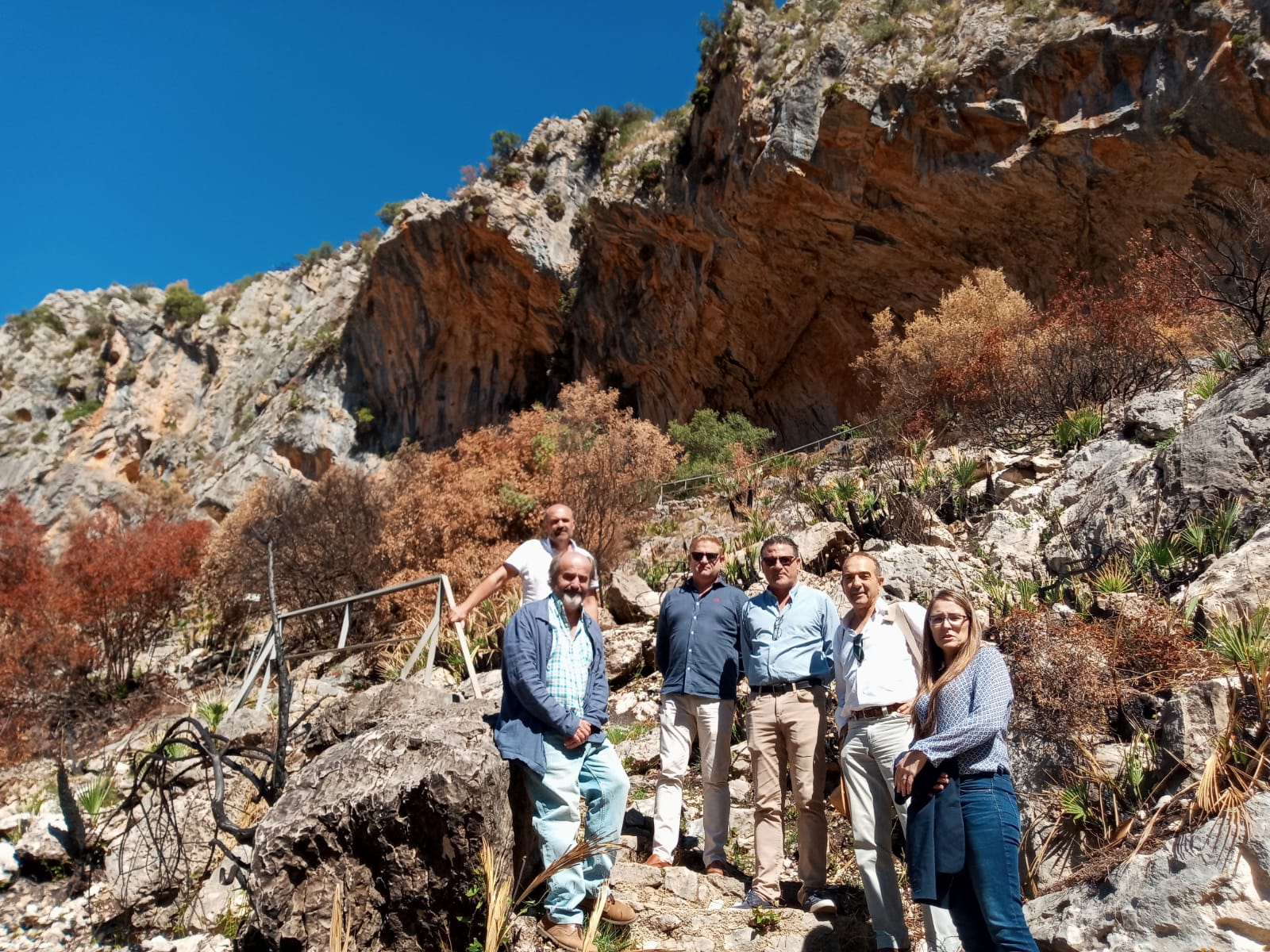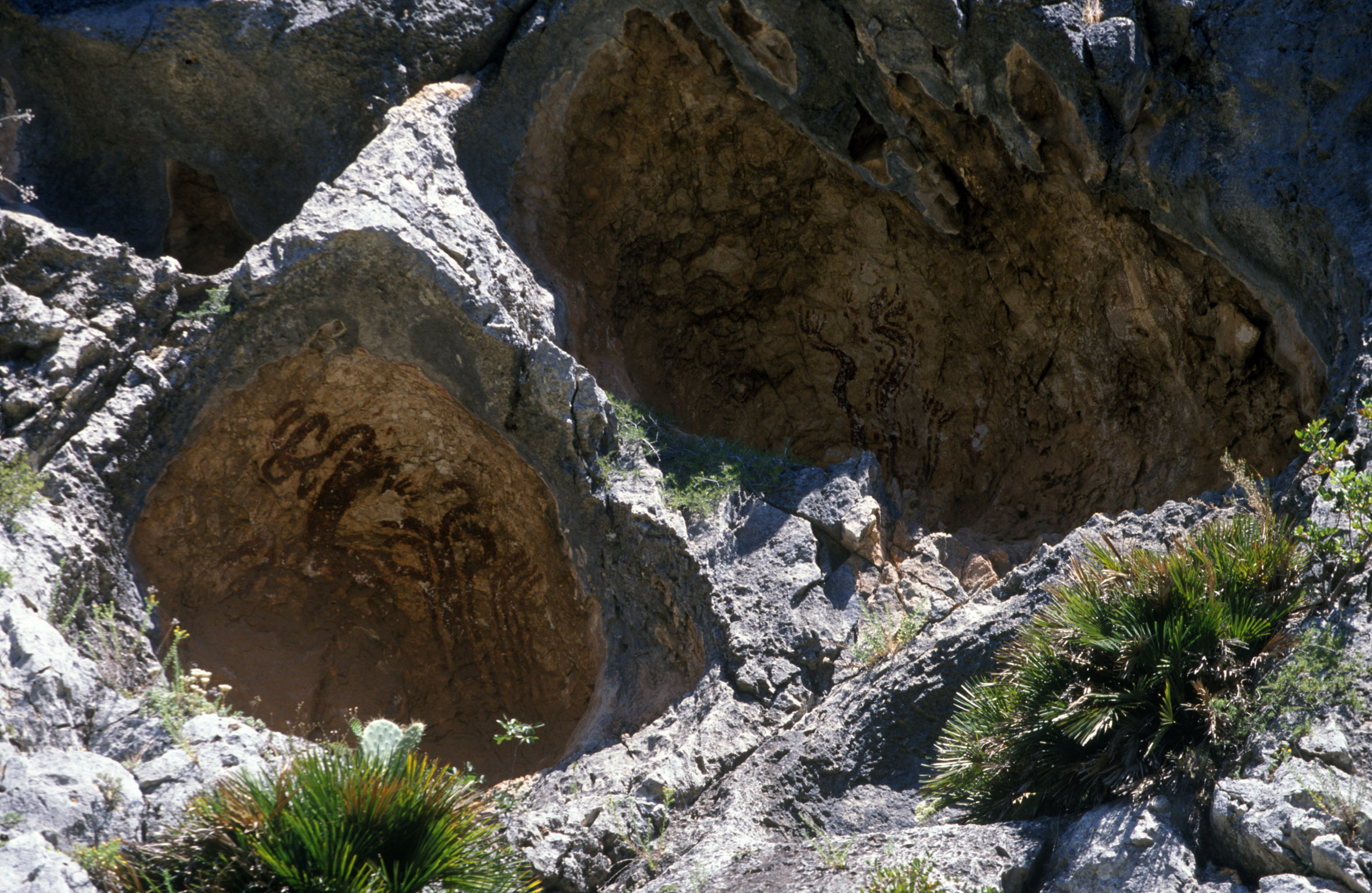PLA DE PETRACOS

The Sanctuary of Pla de Petracos, located in the municipality of Castell de Castells, is one of the most outstanding examples of Macro-schematic Art in Europe and has been declared an Asset of Cultural Interest and a World Heritage Site. The importance of the site led the Provincial Council of Alicante to enhance its value by improving its dissemination and protection elements and the accesses to the site, works which were inaugurated on 3rd March 1998.
The provincial institution of Alicante, through the Provincial Archaeological Museum (MARQ), is promoting a programme of Cave Art Routes which, under the auspices of the Autonomous Administration and with the collaboration of the municipality of Castell de Castells, aims to improve the protection of artistic manifestations, while at the same time promoting their knowledge, facilitating access and installing explanatory panels.
Alongside these figures, which sometimes form groups or pairs, there is an abundance of geometric motifs, particularly serpentiform or meandering motifs formed by thick sinuous bands of vertical development.
The Pla de Petracos is one of the best rock art sites in the Valencian Community. In the times when the paintings were made, it was a sanctuary: a meeting place and place of worship for people united by deep beliefs, in which fertility and fecundity, the agricultural cycle and family ties took on special importance.
This sanctuary of Macro-schematic Art, declared an Asset of Cultural Interest and World Heritage Site, is located in a splendid setting. A visit is a magnificent opportunity to enjoy nature in a privileged setting...
Nowadays, the sanctuary of Pla de Petracos is a regular place to visit and one of the most important tourist centres in this mountainous environment in the interior of the province of Alicante, which has generated great wealth for the municipalities in the area, such as Castell de Castells. The enhancement of the site makes it possible to enjoy, learn and understand Macro-schematic Art with a cultural facility of exceptional importance.

PLA DE PETRACOS
The Sanctuary of Pla de Petracos is one of the most outstanding examples of Macro-schematic Art in Europe and has been declared an Asset of Cultural Interest and a World Heritage Site....
SCHEDULE
DE LUNES A JUEVES
Visits by appointment only on tel: 965 518 067
FRIDAY AND SATURDAY
De 11:00 a 13:30 y de 17:00 a 19:00h
SUNDAY
De 11:00 a 13:30h
> Wear comfortable shoes and a cap/hat.
> It is suggested to bring a bottle of water and sun protection.
ORGANIZE YOUR VISIT
THE WHOLE MARQ ENVIRONMENT




